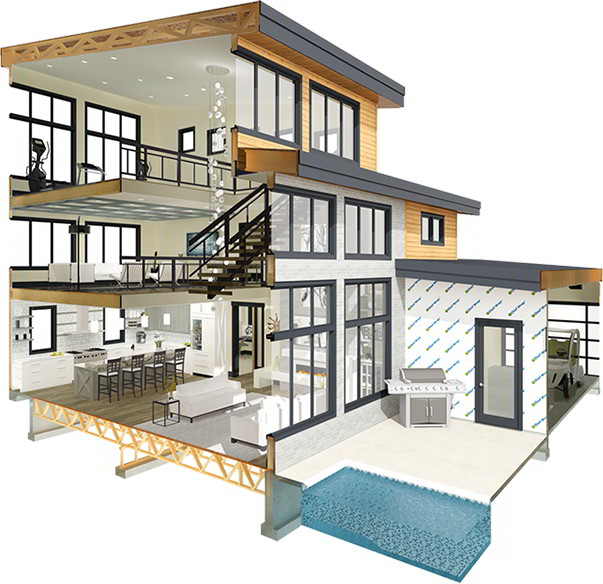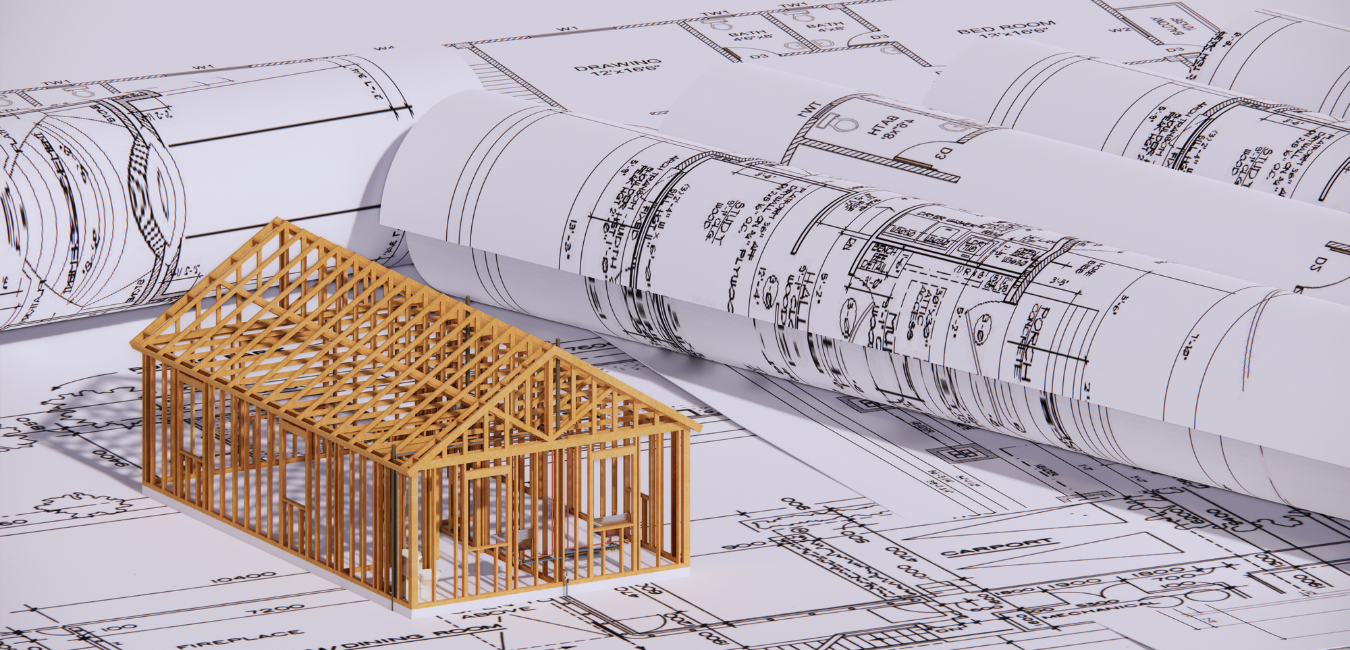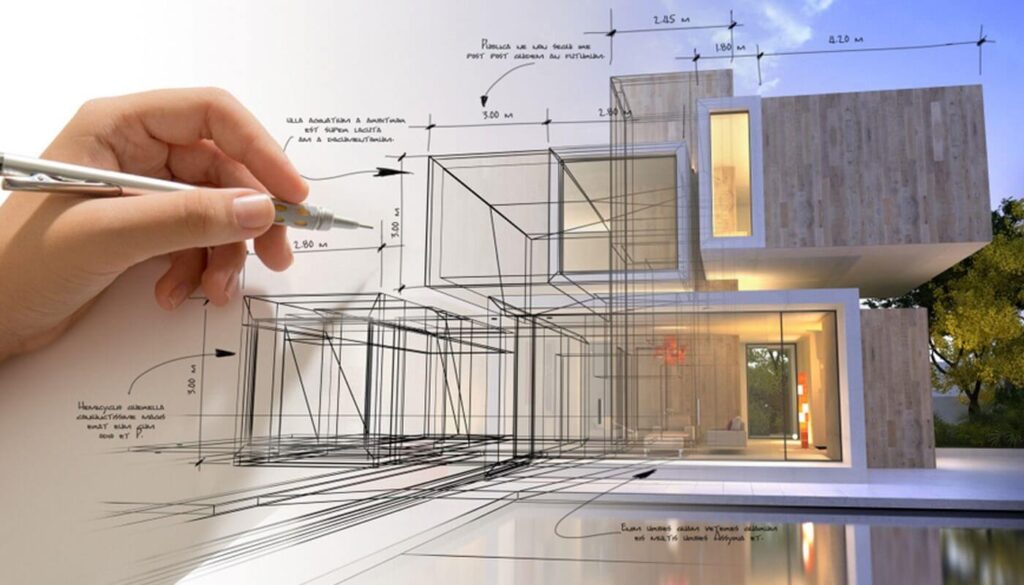Exactly How CDA Architects Supply Cutting-Edge Solutions for Sustainable Design
Exactly How CDA Architects Supply Cutting-Edge Solutions for Sustainable Design
Blog Article
A Detailed Summary of Architectural Styles and Their Impact on Modern City Preparation and Development
Architectural styles have long worked as a mirror to the social worths and technological developments of their time, playing a crucial role fit contemporary city preparation and advancement. From the majesty of Neoclassicism to the utilitarian technique of Brutalism, each design has presented distinct principles that influence urban aesthetic appeals and performance. As modern difficulties develop, consisting of sustainability and community demands, recognizing these historic structures comes to be essential. The resulting dialogue not just informs future design methods however also raises important concerns about the balance in between heritage and technology in our progressing city landscapes.
Historic Overview of Building Styles

As cultures transitioned through the Middle Ages, Gothic style emerged, defined by its verticality and elaborate outlining, matching the spiritual aspirations of the period. The Renaissance noted a rebirth of classical suitables, combining art and architecture in ingenious manner ins which influenced subsequent styles across Europe.

Today, building designs remain to evolve, driven by globalization and sustainability concerns, reflecting a dynamic interplay between heritage and advancement. This historical summary emphasizes the importance of design as a mirror of societal advancement and as a driver for city growth.
Trick Architectural Styles Explained
The diversity of building designs shows the myriad impacts that form our built atmosphere, each symbolizing distinct attributes and cultural relevances. Secret architectural styles include Classic, Gothic, Baroque, Modernism, and Postmodernism, each standing for one-of-a-kind historic contexts and aesthetic philosophies.
Classical style, rooted in ancient Greece and Rome, emphasizes balance, proportion, and using columns (cda architects). In contrast, Gothic style, flourishing in the center Ages, is defined by pointed arches, ribbed safes, and flying buttresses, developing a heavenly high quality in cathedrals. Baroque design, emerging in the 17th century, is marked by splendour, sophisticated embellishment, and a vibrant interaction of light and shadow
Innovation, which obtained energy in the early 20th century, focuses on feature over type, making use of new products like steel and glass to produce minimal structures. Postmodernism, responding against the austerity of Modernism, welcomes eclecticism and historical recommendation, often including spirited components and irony.

Influence On Urban Preparation
Fit the growth of cities, architectural styles significantly influence urban preparation decisions. The selection of building style usually determines the aesthetic appeals, functionality, and total character of urban settings. For instance, modernism, with its focus on minimalism and functionality, motivates open rooms and the combination of innovation, shaping city designs that prioritize performance and accessibility. Alternatively, typical designs might highlight historical preservation, causing city styles that maintain cultural heritage and promote pedestrian-friendly atmospheres.
Moreover, architectural designs can affect zoning laws and land make use of plans. Urban organizers should click over here consider the dominating architectural fads when creating districts, guaranteeing that brand-new advancements balance with existing structures. This consideration cultivates cohesive city landscapes and improves community identification.
The implementation of specific architectural designs can also affect socioeconomic elements within a city. For instance, high-end modern designs might draw in affluent residents and services, resulting in gentrification, while a lot more affordable real estate services might prioritize functional and lasting styles to suit diverse populaces. Inevitably, the interaction in between architectural styles and urban planning creates vibrant cities that show both historical context and modern needs, forming the lived experiences of their citizens
Sustainability and Modern Architecture
Architectural styles play an essential duty in resolving contemporary challenges, especially in the realm of sustainability. As urban locations increase and environmental problems magnify, modern-day architecture progressively welcomes sustainable layout concepts that focus on power efficiency, resource preservation, and marginal eco-friendly impact.
Contemporary building activities, such as biophilic design and eco-friendly style, advocate for structures that integrate with their environments, using natural materials and advertising biodiversity. These styles often incorporate renewable power sources, such as photovoltaic panels and wind turbines, to decrease dependence on fossil gas and lower carbon impacts.
In addition, the integration of advanced modern technologies, such as clever structure systems, boosts power management, maximizing resource use while making sure owner convenience. Ingenious water administration strategies, consisting of rain harvesting and greywater recycling, additional add to sustainable city environments.
Notably, sustainability extends beyond ecological problems; it encompasses social and financial dimensions as well. By cultivating community health and advertising inclusivity, modern architectural styles straighten with sustainable growth objectives. As a result, the evolution of building methods proceeds to shape resistant cities that not only fulfill the requirements of the existing however additionally guard the future for generations to find.
Community Engagement in Design
Area interaction in design acts as a critical bridge in between designers and the populaces they offer, ensuring that the built atmosphere shows the requirements and desires of its individuals. This collective procedure invites neighborhood members to add their insights and choices, cultivating a sense of possession and duty towards the areas they occupy.
Effective area interaction employs various techniques, such as workshops, surveys, and public forums, to collect varied perspectives. These approaches facilitate a two-way discussion, enabling architects to comprehend neighborhood contexts while equipping locals to articulate their issues and needs. This inclusivity not just improves the layout top quality however Get More Info additionally advertises social equity by dealing with the one-of-a-kind obstacles dealt with by marginalized groups.
Furthermore, area engagement can lead to innovative remedies that might not arise in a traditional layout procedure. By integrating regional knowledge and social values, engineers can create areas that resonate even more deeply with customers, enhancing functionality and sustainability. Inevitably, focusing on neighborhood involvement in style processes results in atmospheres that support social interactions, assistance wellness, and enhance neighborhood connections, thereby playing an essential duty fit modern-day city landscapes.
Verdict
Architectural designs have actually exceptionally influenced modern-day city preparation and development, showing advancing cultural and technological contexts. As cities proceed to grow and adapt, the ongoing dialogue between architectural heritage and modern layout principles will certainly stay essential in producing comprehensive, vibrant rooms that enhance top quality of life and advertise social equity.
Report this page